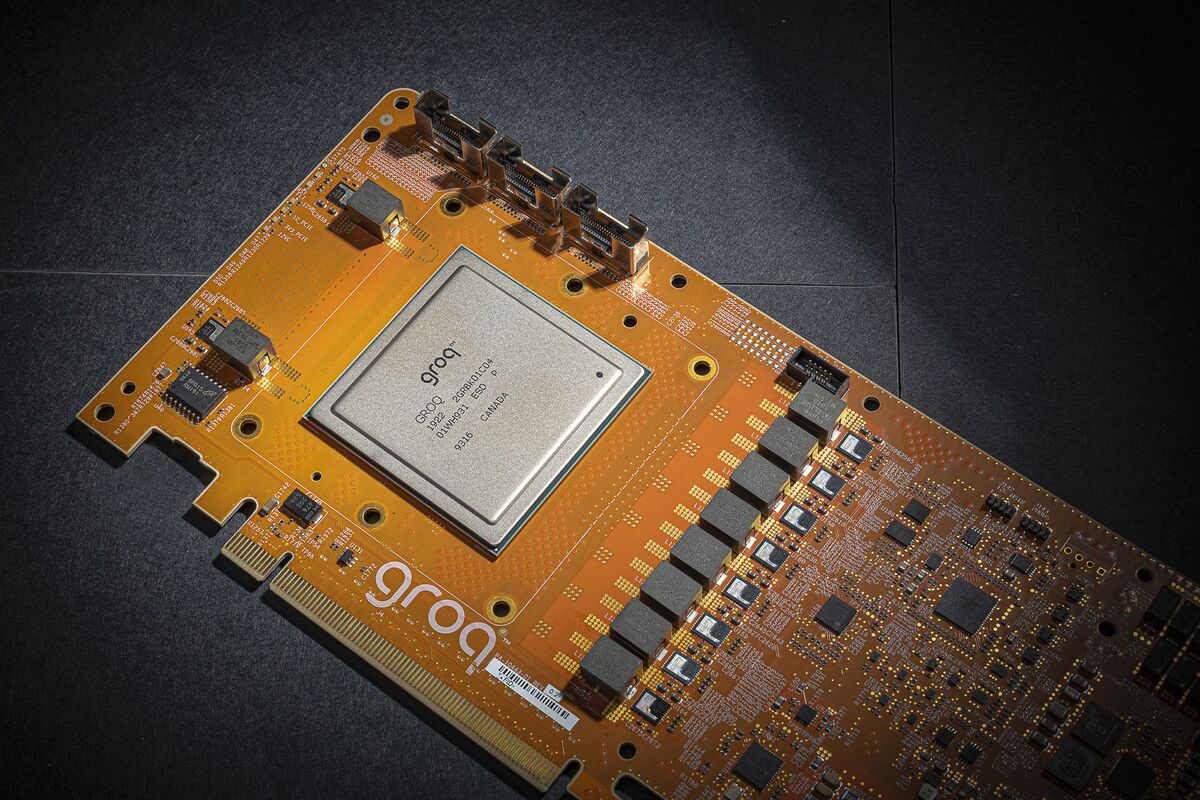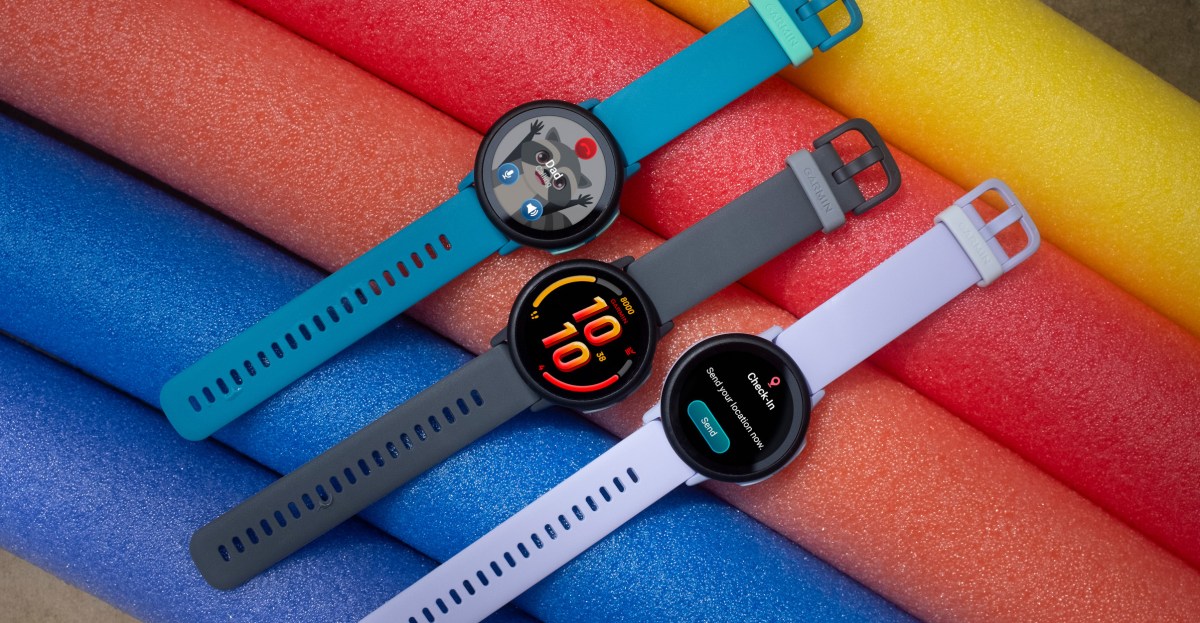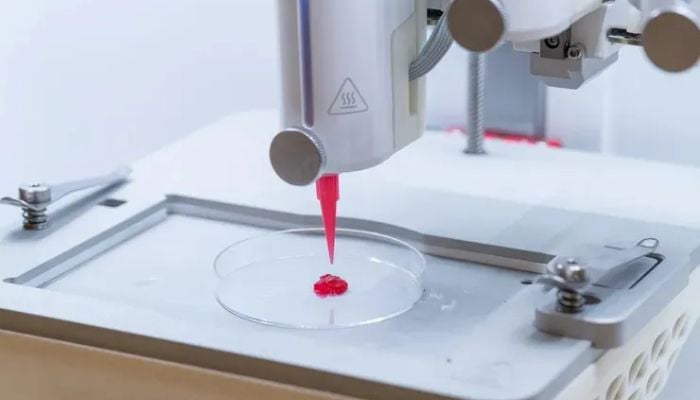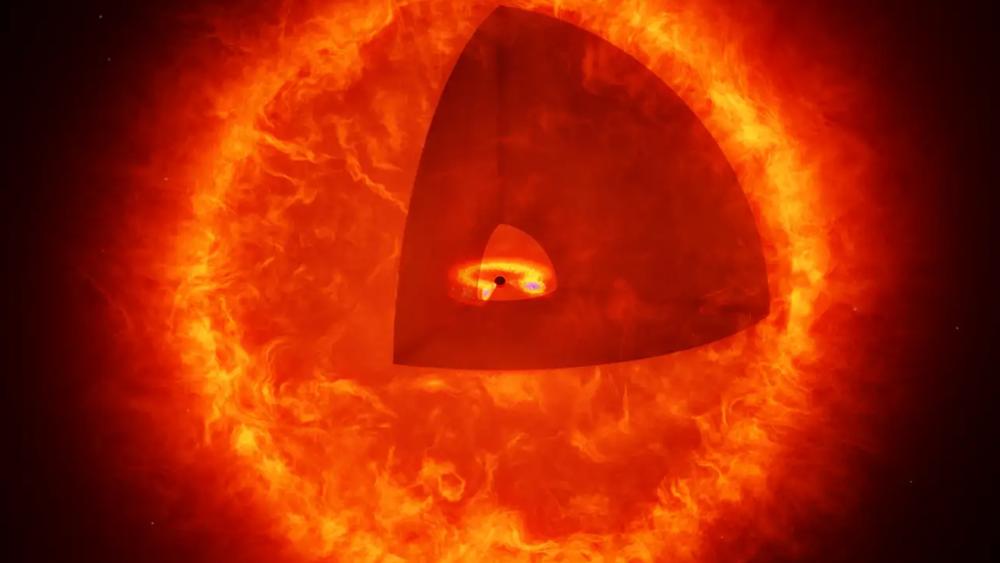A film examining the Catholic clergy molestation crisis in New Orleans recently won the prize for best documentary at Colorado’s Winter Park film festival and has been chosen to be screened in the city where the scandal has unfolded.
God As My Witness makes “clear that those who commit these atrocities cannot hide” while giving “a voice to the survivors, justice to the abused and a platform to be heard,” the Winter Park film festival’s director, Connor Nelson, said in a statement.
Nelson’s statement said both of the film’s screenings at his festival in early September – which is based in part on reporting by the Guardian and its New Orleans media partner WWL Louisiana – sold out while leaving some audience members in tears. He also remarked that question-and-answer sessions with the documentary’s filmmakers, cast and crew “went far beyond anything we’ve experienced at the festival, … showing … that these conversations are necessary”.
The 82-minute documentary was directed by New Orleans native Lindsay Quinn Pitre and produced by Michael Brandner Sr, who in 2018 discovered a pile of what were essentially love letters to his younger brother from a Roman Catholic priest now recognized by the New Orleans church as a credibly accused child molester.
Brandner’s brother, Scot, who was a teenager when he received the letters in question from Brian Highfill, never told anyone about them and died by suicide at age 29 in the early 1990s.
Michael presented the letters to New Orleans’ Catholic archbishop, Gregory Aymond. On a recorded phone call between the men, Aymond told Brandner that the letters were concerning but not “explicit enough” to warrant Highfill’s inclusion on a list released by the archdiocese that identified clergymen faced with substantial allegations of child molestation.
Aymond ultimately added Highfill to that list in October 2020 after WWL and a reporter now at the Guardian questioned the archdiocese about at least three other people who had reported their own allegations of sexual abuse at the hands of the clergyman over the previous 18 years.
God As My Witness recounts the Brandner family’s experience with Highfill, who died in 2018, as well as the stories of a number of people who endured being sexually abused as children by clergymen while being raised Catholic in New Orleans, building in part on reporting published by the Guardian alongside WWL. It also tells the stories of certain attorneys who have represented clergy abuse survivors against the New Orleans archdiocese after the church faced so many clerical molestation claims that it filed for federal bankruptcy protection in May 2020.
The bankruptcy remained unresolved as of Wednesday, though more than 600 clergy abuse claimants who are involved in the case have started voting on whether to accept a settlement offer guaranteeing $230m in compensation in a process that runs through 29 October.
Pitre, Brandner, their team and some of the subjects of God As My Witness accepted the Winter Park film festival’s best documentary award on 7 September. Brandner said it was uniquely emotional to see some of the survivors profiled in the film accept the award.
“They converted from a victim to a survivor to a hero,” Brandner said. “It was truly beautiful and brought tears to my eyes.”
God As My Witness had previously collected a best feature documentary nomination at June’s Raindance film festival in London, where it made its world premiere.
It has also been screened at Portugal’s Cinema em Locais Inusitado e Temporarios film festival, where the Catholic bishop of the diocese of Setúbal, Cardinal Américo Aguiar, authorized for it to be shown in his private chapel. Among those in the audience was Grupo Vita, a Portuguese national support group for Catholic clergy abuse survivors.
A statement from the Portugal festival director, Luìs Teixiera, said God As My Witness’ “local approach of a global topic succeeds in making it universal”.
Among other showings on the fest circuit, Pitre said God As My Witness is tentatively scheduled to be screened at the 2025 New Orleans film festival, which is set to be held from 23 to 27 October. She said she understands tickets to that festival are scheduled to begin going on sale in about the second week of October.














